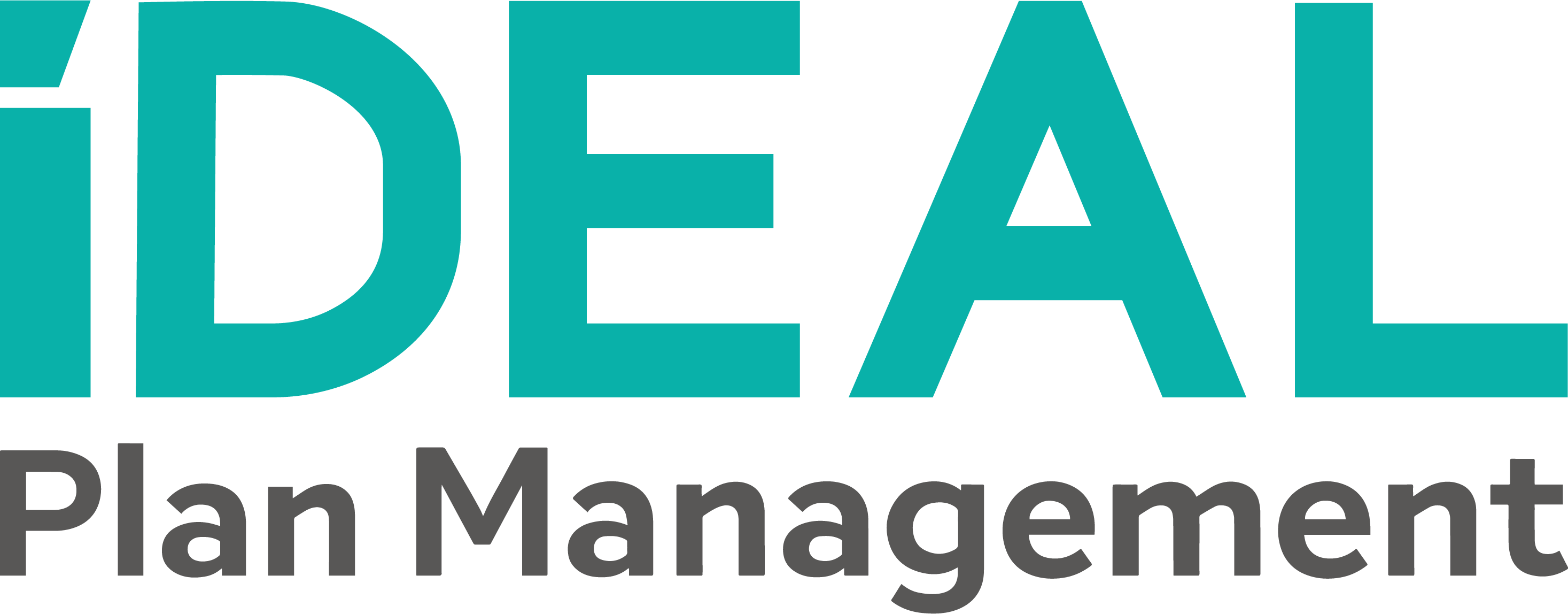Claiming for low-cost assistive technology through the NDIS
Assistive technology (AT) is a term that the NDIA uses for devices or equipment that help you to do things that you can’t do as a direct result of your disability.
AT is considered low-cost in cases where it is less than $1500. Equipment in this category tends to be more flexible than other types of assistive technology.
Items that cost greater than $1500 may be considered mid-cost or high-cost AT depending on the price of the equipment. Both these categories are subject to their own conditions and will not have the same degree of flexibility as low-cost AT.
Low-risk vs high-risk
When determining the rules around low-cost assistive technology, one factor to consider is the risk that the item may cause. The NDIA breaks down risk categories into two product risk categories.
Low-risk AT
Products are considered low-risk if they:
- Are unlikely to cause harm to the Participant
- Can be easily trialled or purchased from retail stores
- Can be safely set up and used without professional advice.
Higher-risk AT
Products may be considered higher-risk if they:
- restrict movement,
- are known to have caused harm
- require professional advice to set up or use safely
- are considered ‘complex’
What justification do you need for low-cost AT
Low-cost low-risk assistive technology doesn’t typically require written advice from an AT assessor. However, if you are unsure about whether something is suitable for your needs, consulting an AT advisor is still recommended.
If the assistive technology is deemed high-risk, written advice will be required regardless of the cost of the product. In many cases, the AT will also need to be approved by the NDIA prior to making a claim.
How can you claim low-cost AT?
Depending on the item, low-cost AT may be claimed through:
- 03 Consumables
- 05 Assistive Technology
- 15 Improved Daily Living
Claiming low-cost AT through Core
Low-cost assistive technology may be able to be claimed through Consumables as a flexible component of Core. This is the most common way to claim low-cost AT and most items should be claimed through this budget.
Claiming low-cost AT through 05
An Assistive Technology budget will likely be added to your plan for mid-cost or high-cost items as well as repairs, maintenance, and rentals. Higher-cost and/or high-risk AT items are often listed as "stated supports". In these cases, the support can only be used for the specific item that is written in the plan. Furthermore, AT supports may also be "Quote-required" where a quote must be submitted to the NDIA for prior approval.
However, if funding is not stated or quote-required, then there may be flexibility to take low-cost assistive technology from the 05 budget.
Claiming low-cost AT through 15
As a response to the COVID pandemic, the NDIA made smart devices and fitness equipment available to be claimed through CB Improved Daily Living provided that:
- The Participant is unable to access face-to-face NDIS supports due to physical distancing requirements.
- This AT helps maintain funded NDIS supports like a program, therapy, or requirement if they don’t already have another suitable device.
Smart devices for telehealth should be no more than $750 and be Wi-Fi only. Written advice from a professional is needed to support the purchase. Find a copy of our written advice template here.
No other assistive technology can be funded through this budget.
What happens next?
To lodge a claim for low-cost assistive technology from the NDIS, send the invoice or receipt (if you have paid out-of-pocket and need to be reimbursed) to manager@idealplan.com.au.
Once we receive this (and NDIA approval where required), we will lodge a claim to the NDIS and process it accordingly. The standard turnaround time for processing is up to 3 business days.
If you have any questions, feel free to reach out to our friendly plan managers on 1300 800 110.
